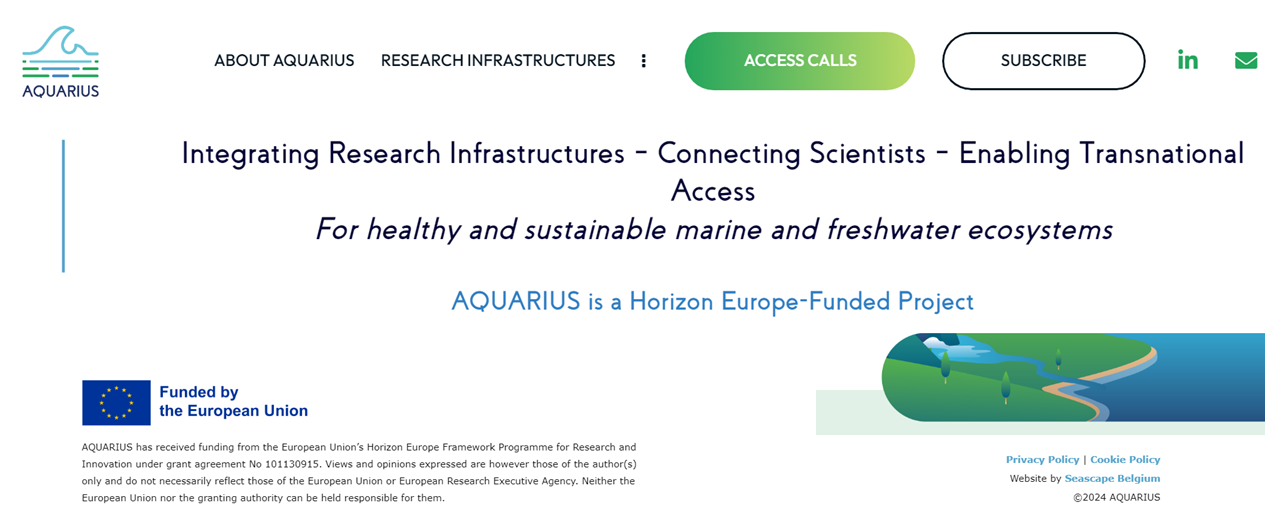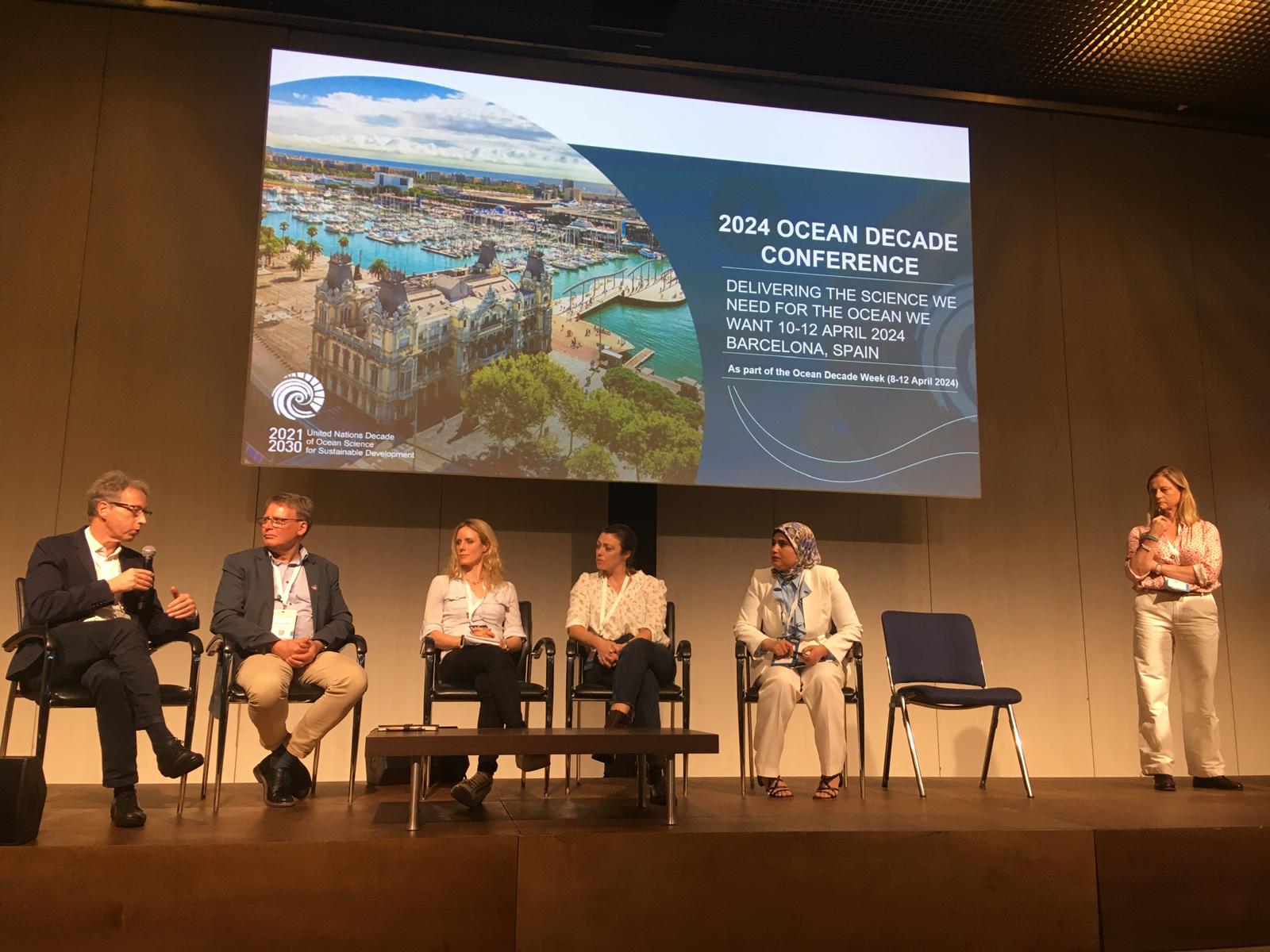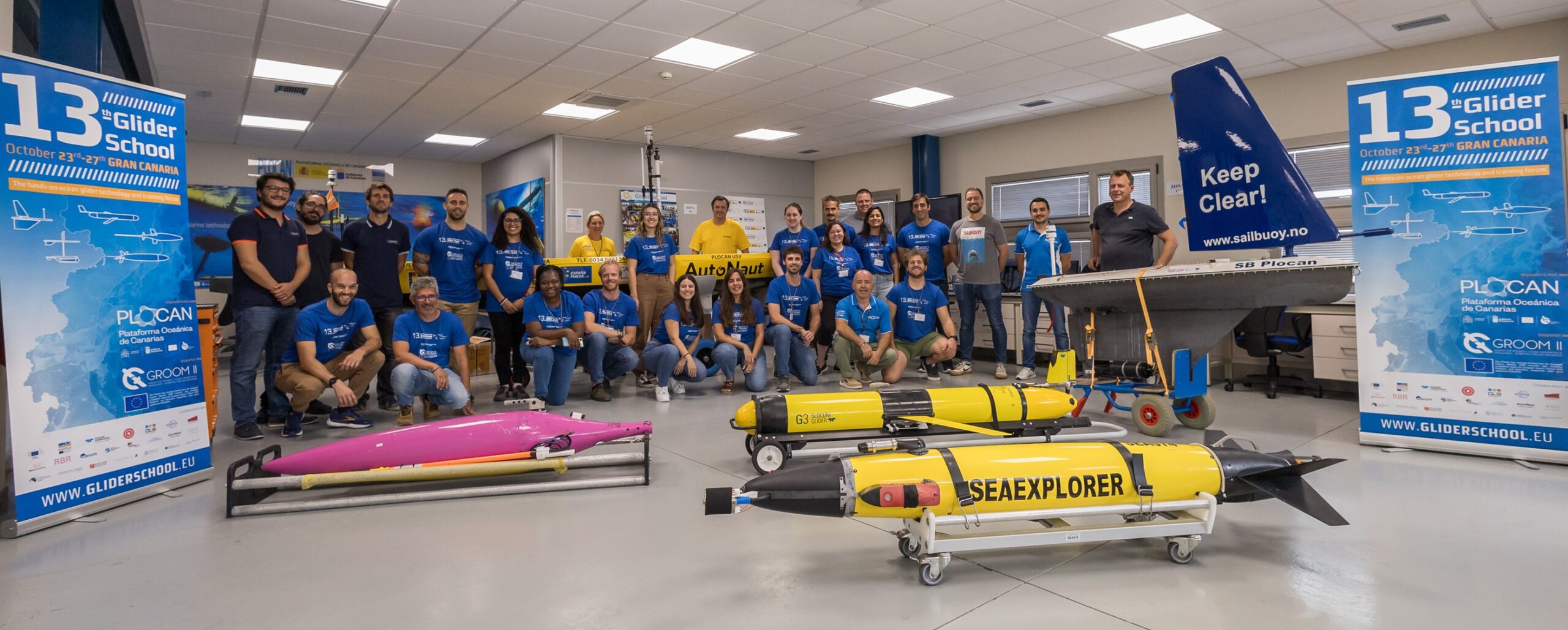Two autonomous surface vehicles Saildrone, equipped with a set of meteorological and oceanographic sensors on board, have left the port of Taliarte, in Gran Canaria, within the framework of the international initiative “From the Atlantic to the Mediterranean” (ATL2MED) that coordinates the European Research Infrastructure of the Integrated Carbon Observation System (ICOS-RI).
The Saildrones have been designed by the US company Saildrone Inc., and will carry out an international mission for scientific-technical purposes lasting six months between East-Central North Atlantic and the Western Mediterranean Sea.
The planned path “From the Atlantic to the Mediterranean” is Taliarte, Gran Canaria; Cape Verde archipelago; return to Gran Canaria, the PLOCAN-Ocean Observatory Time-Series Station -ESTOC-, 70 miles north of Gran Canaria; Gulf of Cádiz, Strait of Gibraltar, East of the Iberian Peninsula, Southern France, Western Italy, Sicily, Eastern Italy and Trieste, where the mission is expected to end.
The main objectives are to evaluate Saildrone technology as a new autonomous vehicle approach for ocean observation, and compare the quality of the measurements of the different oceanographic and meteorological parameters to be carried out during the mission, with special interest in CO2, with those measured by fixed observatories along the route, some of them with more than two decades of time series of measures.
The Saildrone units that are planned to be used in the “From the Atlantic to the Mediterranean” mission are owned by the Saildrone Inc., and have been sent from the manufacturer’s headquarters in the United States to PLOCAN, to work on settings and testing in waters of the PLOCAN test-site facility, prior to operational deployment for ATL2MED mission. A group of Saildrone and PLOCAN technicians, have collaborated in the preparation of the vehicles setup and launching.
ATL2MED is joined by key European marine research institutions, such as the Helmholtz Center for Ocean Research (GEOMAR) and the Helmholtz Coastal Research Institute (HZG) from Germany; the French Research Institute for the Exploitation of the Sea (IFREMER), the National Center for Scientific Research (CNRS) and the Oceanographic Laboratory of Villefranche (LOV), of France; the National Institute of Geophysics and Volcanology (INGV) and the National Institute of Oceanography (OGS), from Italy; the Hydrographic Institute of Portugal (IH); the European Delegation of the Global Ocean Observation System (EuroGOOS), Belgium; the European Infrastructure of the Integrated Carbon Observation System (ICOS-OTC) Finland; and PLOCAN; providing key technical-scientific infrastructures and reference ocean-observatories, which in the case of PLOCAN includes the test-site facility located in the East coast of Gran Canaria and its ocean-observatory ESTOC.



